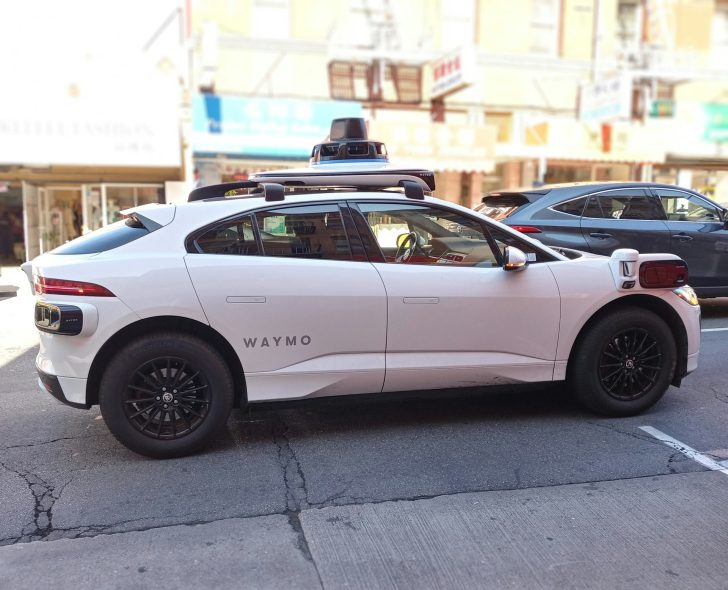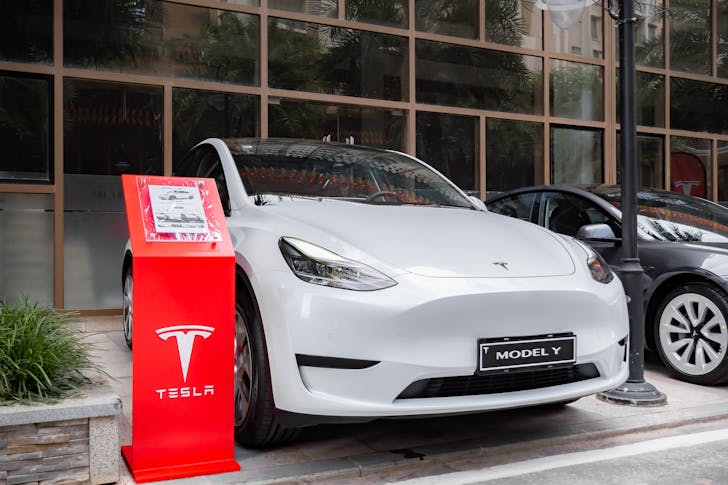Tesla vs. Waymo: Comparing Two Radically Different Robotaxi Approaches
Tesla is rewriting the rules of autonomous driving, while Waymo is sticking to a carefully mapped-out playbook. These two giants are on a collision course, not just in tech but also in philosophy. The outcome could decide how the world moves for the next hundred years.
In 2025, he autonomous vehicle industry is splitting into two paths. On one side, Tesla is going all-in on vision-based AI, using only cameras and machine learning to drive cars. On the other hand, Waymo is loading up with sensors, detailed maps, and safety-first thinking. Both are building robotaxis. But that’s about where the similarity ends.
Tesla Is Betting Everything on Cameras
The Elon-owned EV giant wants cars to think like humans. Its robotaxi tech uses cameras, not fancy sensors, to understand the world. The AI behind the wheel is trained to recognize road signs, pedestrians, and traffic just by looking at video feeds. Elon Musk says that once you solve vision, you have solved autonomy.
This keeps Tesla’s costs low. Cameras are cheap, and skipping the entire process of mapping every city street is also cheap. That means Tesla can drop robotaxis into new cities without years of prep work.

Amy / Unsplash / Waymo doesn’t trust AI alone to make perfect decisions, especially in busy cities with unpredictable traffic.
Waymo Thinks Safety Comes First
Unlike Tesla, Waymo sees things differently. Instead of just cameras, it uses radar, Lidar, and maps so detailed you could call them street-level blueprints. Every city it launches in has to be scanned and tested. It is slow, yes, but Waymo says this makes it safer.
Each layer of sensing checks the others. If one fails, the rest back it up.
By combining different sensors and controlling every part of the rollout, Waymo can promise a level of reliability Tesla hasn’t yet shown.
Tesla Wants to Move Fast
In 2025, Tesla launched its first limited robotaxi service in Austin, Texas. There was no steering wheel, no pedals, just seats and screens. Elon Musk says half of the U.S. could have access to these driverless Teslas by the end of the year.
Similarly, Tesla also has a new vehicle in the works: the CyberCab. It is a sleek, two-seater ride-hailing car built just for autonomy. No driver needed. No backup systems planned. The car is expected to roll out of Tesla’s Texas Gigafactory starting in 2026, with plans to build two million of them per year.
At $30,000 each, Tesla hopes this will flood the market with cheap, AI-powered taxis.

Heng / Pexels / Tesla’s Full Self-Driving software has been involved in fatal crashes in the past, drawing attention from regulators and safety groups.
Safety is where Waymo really shines. It publishes detailed reports. In 2025, its crash rate dropped to just seven incidents per 100,000 rides, down from 147 in 2022. That is a 95% improvement. Waymo says its cars are already safer than human drivers, and the data backs that up.
Tesla hasn’t shared much data. Its robotaxi service is still in limited testing with safety drivers in every car. But early reports aren’t great. Business Insider rode in five Tesla robotaxis in Austin. Three needed remote help, and one tried to drive into a street marked “Do Not Enter.”
Without Lidar or radar, Tesla vehicles might struggle in fog, heavy rain, or when a camera gets dirty. The company says its tech will soon beat human drivers.
Tesla needs robotaxis to fill the gap as EV sales slow down. In Q2 2025, global sales dropped 13%. Robotaxis could be the next big thing. For Waymo, this is about proving that a decade of research and billions in spending will finally pay off.
Industry experts think autonomous vehicles could be a multi-trillion-dollar market by 2040. That means the winner of this race will not just change how we get from place to place, but they will reshape the whole economy.